Aradığını bulamadın mı? Buradan keşfet!
The church was built by the Patriarchate in 1868. Since the first name of the village, which was later renamed Değirmenköy, was Germiyan, the church was given the same name and remained so.
While the church was under construction, many people worked and even II. Even Abdülhamit took part in the construction of the church. The architecture of the church is rectangular, basilical type. After the Population Exchange between 1923-1924, when the Greeks left the region, the church was used as a mosque and school.
Değirmenköy Neighborhood Değirmenköy was raised to the status of neighborhood after the local elections held in 2009. It is located on the E-5 highway in the west of Selymbria Silivri district, approximately 23 km from the district center.
Looking back at the historical records, it seems that the name Germiyan was given to the region in 1836. The name story marks the period of Conquest and expansion into the Balkans.
During this period, the name Germiyan emerged as a result of the arrival of the Germiyanoğulları living in Kütahya and some of the families living in the Silistra sanjak in Bulgaria to the region. There were people who settled in the region from other Greek villages located close to the settlement center.
With the increase in the Greek population in the region, the village has experienced demographic and geographical growth. In the same period, a church was built in the village, which Abdülhamit II helped. As time passed, the Greek population increased and the region changed into a "Greek village" when the Turkish population remained in the minority. Windmills, which have become symbols in the village, have made the name of the village Değirmenköy.
Aradığını bulamadın mı? Buradan keşfet!


 Emlak Konut Kazançlı Yatırım Kampanyası Detayları Açıklandı
Emlak Konut Kazançlı Yatırım Kampanyası Detayları Açıklandı SON DAKİKA: Silivri Kaymakamlığı'ndan Yasaklama Kararı!
SON DAKİKA: Silivri Kaymakamlığı'ndan Yasaklama Kararı! Silivri'nin ekonomik kalkınmasında yeni bir dönem başlıyor!
Silivri'nin ekonomik kalkınmasında yeni bir dönem başlıyor! Silivri'de Yeni Yaşam Alanları TOKİ'den geliyor: İstanbul'a 48 Bin 416 Konut!
Silivri'de Yeni Yaşam Alanları TOKİ'den geliyor: İstanbul'a 48 Bin 416 Konut!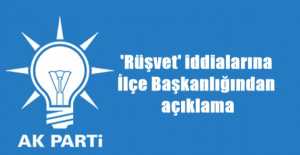 'Rüşvet' iddialarına İlçe Başkanlığından açıklama
'Rüşvet' iddialarına İlçe Başkanlığından açıklama AK PARTİ SİLİVRİ İLÇE BAŞKANI MUTLU BOZOĞLU'NUN BASIN AÇIKLAMASI...
AK PARTİ SİLİVRİ İLÇE BAŞKANI MUTLU BOZOĞLU'NUN BASIN AÇIKLAMASI... BÖLGEMİZ MİLLETVEKİLİ TÜLAY KAYNARCA'NIN BASIN AÇIKLAMASI...
BÖLGEMİZ MİLLETVEKİLİ TÜLAY KAYNARCA'NIN BASIN AÇIKLAMASI...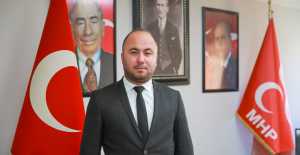 ZAFER YALÇIN:" ATATÜRK'ÜN PARTİSİNİ NE HALE GETİRDİNİZ?"
ZAFER YALÇIN:" ATATÜRK'ÜN PARTİSİNİ NE HALE GETİRDİNİZ?"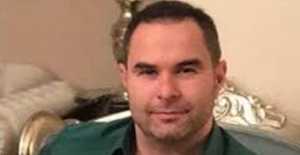 SİLİVRİSPOR BASIN AÇIKLAMASI...
SİLİVRİSPOR BASIN AÇIKLAMASI...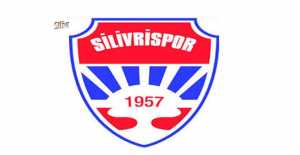 SİLİVRİSPOR SAHAYA İNİYOR…
SİLİVRİSPOR SAHAYA İNİYOR… SİLİVRİSPOR KALDIĞI YERDEN SERİYE DEVAM EDİYOR…
SİLİVRİSPOR KALDIĞI YERDEN SERİYE DEVAM EDİYOR… DÖRT BERABERLİKTEN SONRA GALİBİYETLE TANIŞTI…
DÖRT BERABERLİKTEN SONRA GALİBİYETLE TANIŞTI… Mahmut Topal Vefat Etti
Mahmut Topal Vefat Etti SİLİVRİ ŞEKERSİZ KALDI…
SİLİVRİ ŞEKERSİZ KALDI…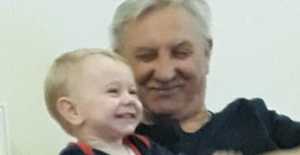 BİLGİÇ OPTİK YAS TUTUYOR…
BİLGİÇ OPTİK YAS TUTUYOR… YASİN KARACA’YI KAYBETTİK…
YASİN KARACA’YI KAYBETTİK… BAŞIMIZ SAĞ OLSUN!
BAŞIMIZ SAĞ OLSUN! Çocuklarını Soğuk Suyla Yıkayıp Hortumla Döven Baba Tutuklandı!
Çocuklarını Soğuk Suyla Yıkayıp Hortumla Döven Baba Tutuklandı! Silivri Belediyesi'ne İhaleye Fesat Suçlaması mı Geliyor?
Silivri Belediyesi'ne İhaleye Fesat Suçlaması mı Geliyor? Silivri için Yeni Kar Yağışı Uyarısı
Silivri için Yeni Kar Yağışı Uyarısı Silivri’de Film Gibi Olay: Çalıntı Araç ve Jandarma Aracıyla Kaçış!
Silivri’de Film Gibi Olay: Çalıntı Araç ve Jandarma Aracıyla Kaçış! VİDEO HABER...
VİDEO HABER...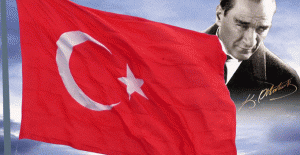 SİLİVRİ'DE ÇOCUKLARA BAYRAK DAĞITILDI... VİDEO HABER
SİLİVRİ'DE ÇOCUKLARA BAYRAK DAĞITILDI... VİDEO HABER ÇOCUKLARA KORONAVİRÜSÜ NASIL ANLATMALIYIZ? VİDEO HABER
ÇOCUKLARA KORONAVİRÜSÜ NASIL ANLATMALIYIZ? VİDEO HABER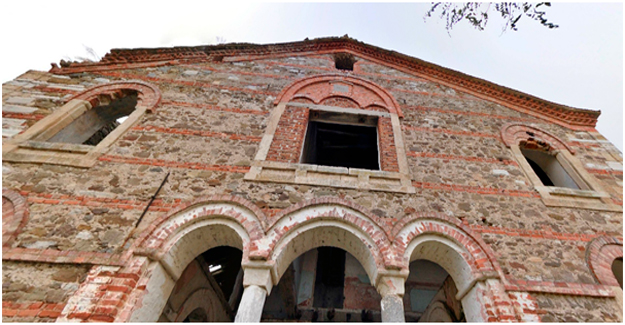
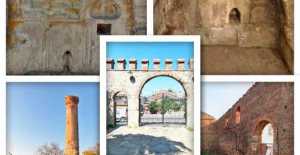



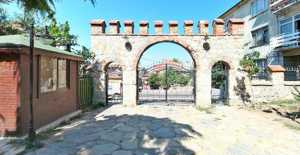

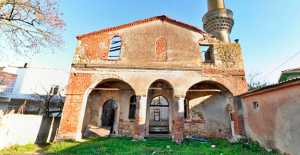
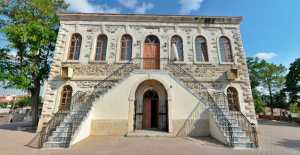















 Silivri Köy Köy Mahalle Mahalle Milletvekilliği Seçim Sonuçları
Silivri Köy Köy Mahalle Mahalle Milletvekilliği Seçim Sonuçları
 Silivrispor 1 - Erzurumspor 0
Silivrispor 1 - Erzurumspor 0
 2019 DA BELEDİYE BURÇLARINA AK PARTİ BAYRAĞINI DİKECEĞİZ…
2019 DA BELEDİYE BURÇLARINA AK PARTİ BAYRAĞINI DİKECEĞİZ…
 AK Parti Silivri Gençlik Kollarına Bir Günde Kaç Kişi Katıldı?
AK Parti Silivri Gençlik Kollarına Bir Günde Kaç Kişi Katıldı?














